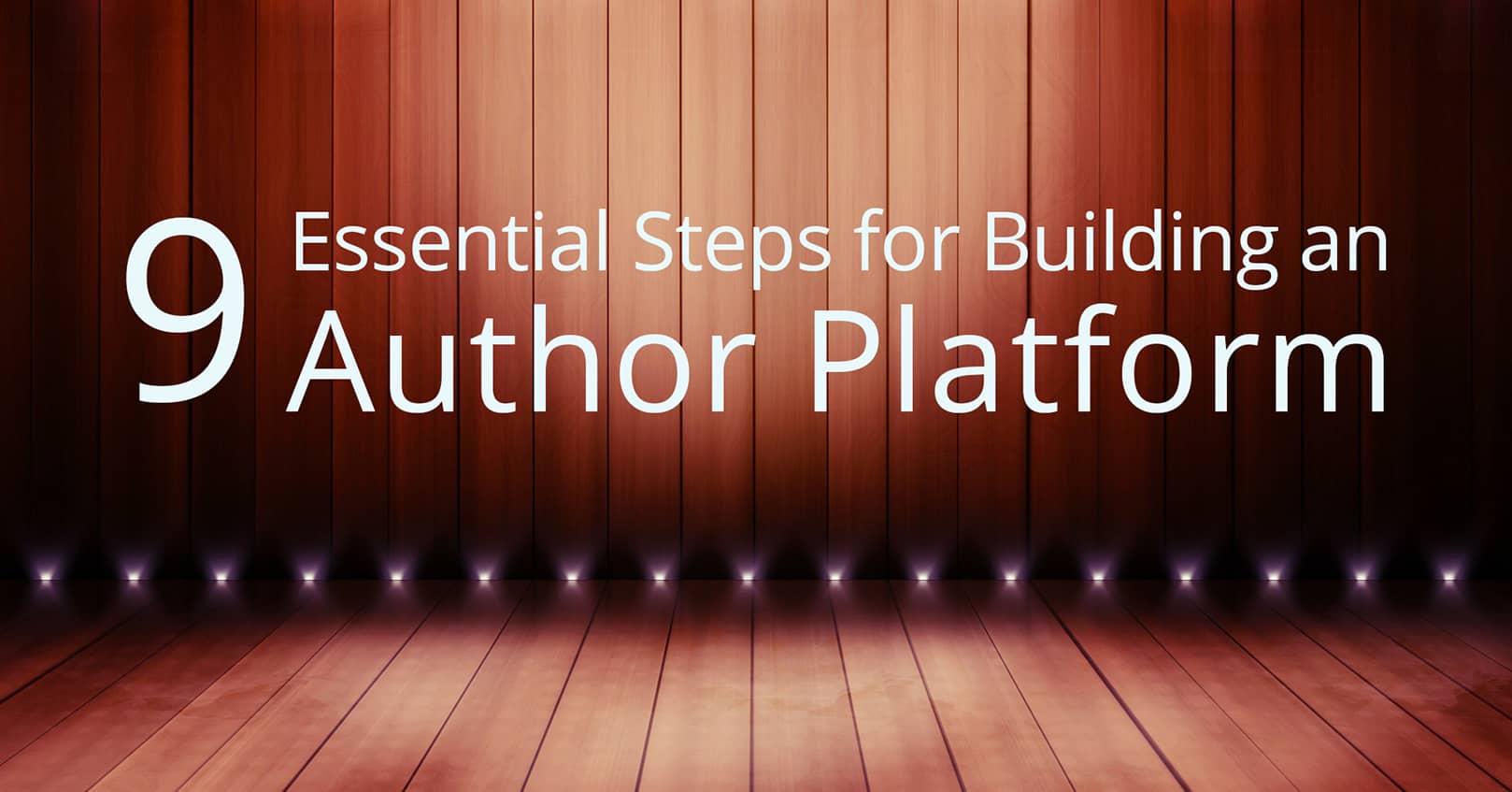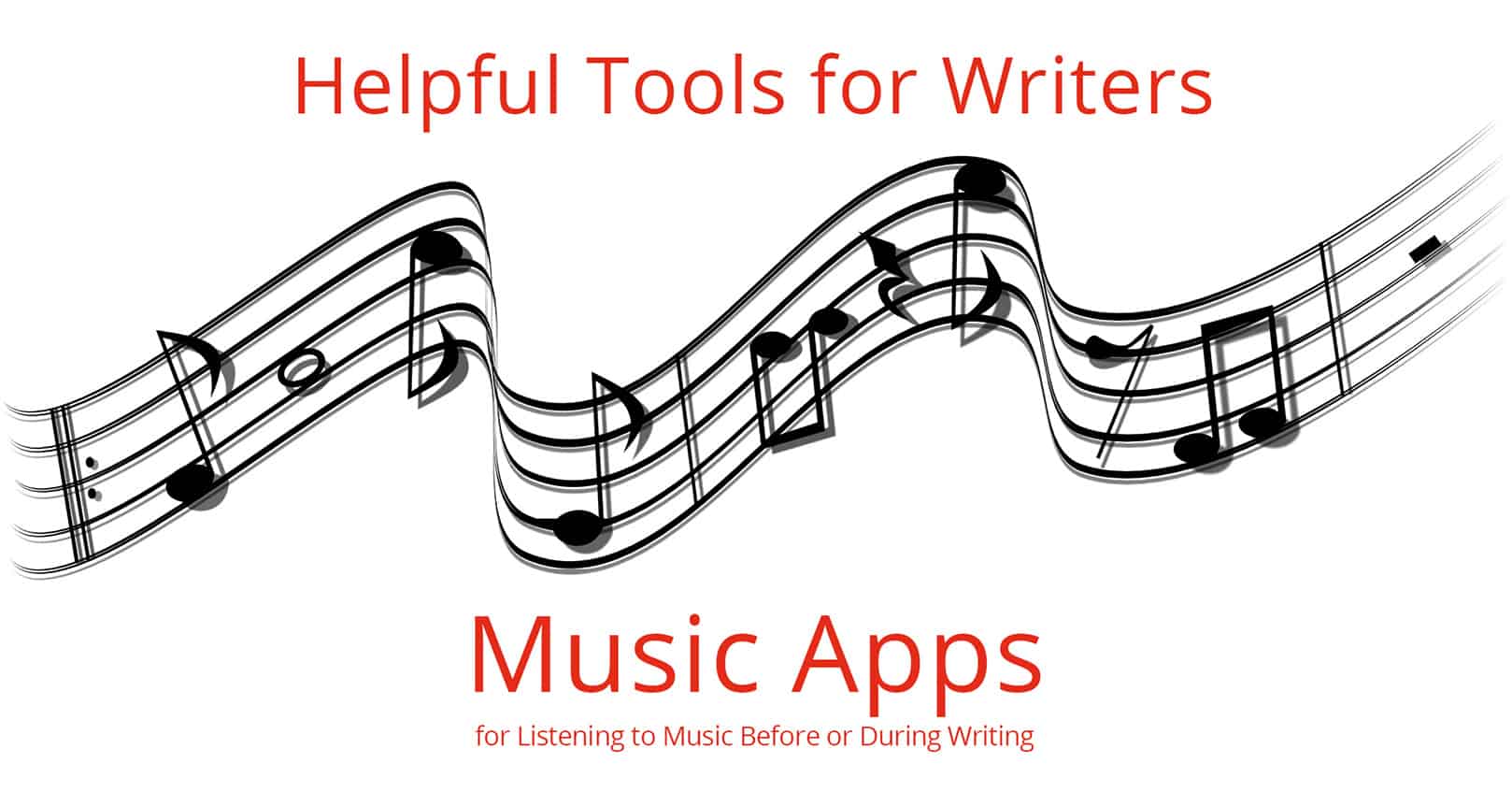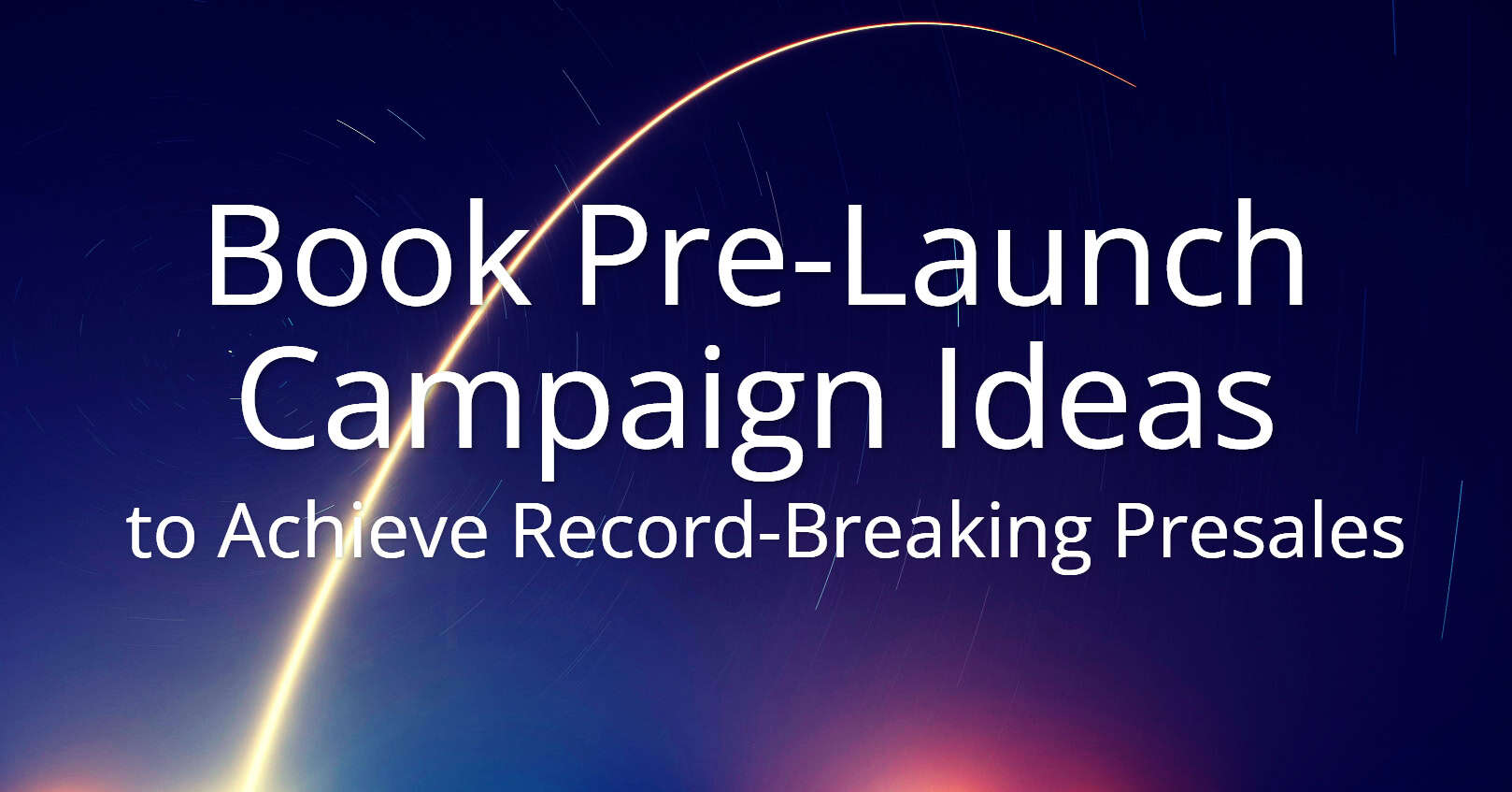
To make a living as an author, an author platform is required, whether you are self-published or with a traditional publisher. Here are 9 essential steps for building an author platform.
1. Create a Persona
Your author persona includes your bio (a short and long one), and a professional picture of you. The bio and picture should be used consistently on different sites, including your website, social media, and book back matter.
2. Create an Author Website
Readers need to be able to find more about you and your books, and an author website is the best way to do that. More than that, a website makes you look professional. Be sure to buy a domain name and choose a website URL that is recognizable (like your author name dot com). For a more in depth guide on creating an author website, check out this blog post.
3. Start a Blog
Readers love to hear from authors, and what better way to remind them you exist between book releases than writing interesting content? An author blog is a great way to update and connect with readers.
You may also want to look into guest blogging as another way to get your name out there. Be sure to guest blog on sites that are reputable and will allow you to link back to your author website.
4. Use SEO in Your Blog Posts
By optimizing the keywords in your blog posts, readers who have never heard of you are able to find you organically, by just looking up the topics that you’re writing about. Click here more information about SEO in blog posts.
5. Choose a Few Social Media Platforms
A lot of readers connect with authors through social media. Social media posts draw in people who like to read, and it can result in new readers trying out one of your books. Keeping up on social media can be overwhelming, so to start, only choose two platforms, like Facebook and X. There are also a lot of helpful tools that allow you to schedule posts for the week, so you only need to set aside a block of time each week to update social media.
6. Include Contact Information
On your website and social media pages, include an author email where readers, journalists, and promoters can reach you. People are unlikely to go digging for long to find your contact information, so make it easy for them. Additionally, on your website, include social media icons or links so readers can easily go to your social media pages. And on your social media pages, include a link to your website and your Amazon author page. You can also link to your website in the back matter of your books.
7. Profiles on Amazon, Google Play, Nook, and other Ebook Platforms
While you’re setting up your ebooks to sell on different platforms, be sure to also set up author profiles wherever you can. Amazon, Barnes & Noble Nook, and Googles also allow authors to put information about themselves on their sites. (And, yes, be sure to offer your books as ebooks as well as print, since readers who don’t know you will be more willing to take a chance on a cheaper ebook than on a print book. Which means most of your sales will likely be from ebooks.)
You can also fill out profiles on other places where readers search for books like Goodreads or right here on Book Cave. When you fill out an author profile on Book Cave, readers who follow you receive an extra email whenever you have a special deal or submit a new release, which can mean a lot more downloads whenever you have a sale.
8. Build an Email List for an Author Newsletter
With an author newsletter, you can connect with readers, continually remind them about you and your books (and how much they love you and and your books), and get feedback and suggestions. Build up your email list makes selling new books much easier, and you’ll have a nice base to pull from if you’re looking for beta readers. Here are some ideas on how to build an email list, including offering readers a free book in return for their subscription.
A newsletter doesn’t have to be complicated—you can create an email template where you just plug in any updates you have, and then offer something unique for that week, such as something interesting that happened to you that week. A lot of content can be reused and repurposed across your blog, social media, and newsletter.
9. Post Regularly and Consistently
Consistency is very important when it comes to maintaining an author platform. Find a schedule that works for you for your blog, social media, and newsletter, and post consistently. Consistency not only looks professional, but it will give you the best response from readers.
What have you done to establish an author platform? We’d love to hear in the comments below!















Comments